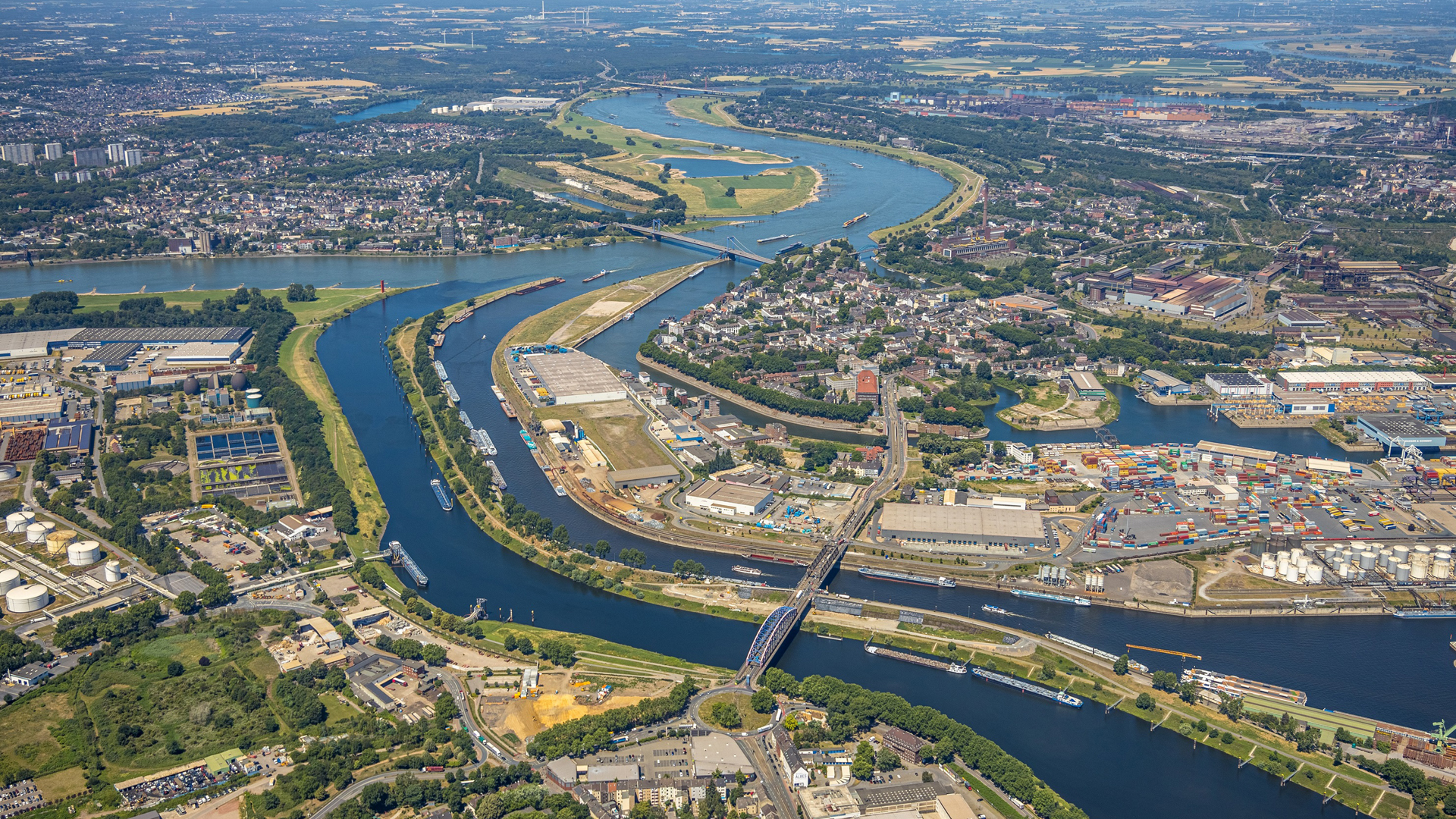
Automated decision support for port terminals
More Certainty for Predictions
- von Birgit Kremer
- 03.11.2020
Wait or act now? Terminal operators who manage processes in the dynamic environment of port terminals are constantly confronted with this decision. paluno –The Ruhr institute for Software Technology at the UDE and the Port of Duisburg have investigated how machine learning may help them.
The port of Duisburg is the largest inland container port in the world; over 4 million containers are handled each year. With the increasing digitization of the terminals, larger volumes of precise data about terminal processes become available. The gantry cranes alone, which move containers between trains and trucks, produce data on about 100 variables in five-second intervals (including the crane’s position, energy consumption, error states, etc.).
This data can be used to make predictions, e.g. about whether a train will leave the terminal on time. This enables terminal operators to proactively address impending delays by, for example, increasing staffing levels. But – as everyone surely has experienced from weather forecasts –predictions are the more accurate the shorter the forecast period is. At the same time, terminal operators are faced with the problem that interventions in running processes need a certain lead time to become effective. The paluno working group of Prof. Pohl and the port of Duisburg wanted to know how they could support terminal managers in this conflict.
Ensemble Deep Learning delivers precise predictions
To this end, the research team developed a prototype for a so-called “Terminal Productivity Cockpit”. In addition to the actual predictions, this system provides reliability estimates for the predictions. The calculation is based on the combination of up to a hundred prediction models into an ensemble. The individual prediction models are first trained on the basis of historical process data by means of deep machine learning.
The Ensemble Deep Learning has two advantages: On the one hand, the predictions of an ensemble are more accurate than the predictions of individual prediction models. On the other hand, it is possible to calculate the reliability of the predictions on the number of matching prediction models – similar to the Ask the Audience joker in “Who Wants to Be a Millionaire?”.
In order to assess their approach, the researchers analyzed possible improvements in terminal operations in terms of productivity and costs. The punctuality of the outgoing trains served as an indicator for productivity. According to this, the productivity of the terminal with machine decision support was estimated to be increased by approximately 5%.
Picture:
Port of Duisburg from above
Further information:
https://paluno.uni-due.de/en/news/news-insights/article/more-certainty-for-predictions
Editing: Birgit Kremer, paluno, Tel. 0201/18 3-4655, birgit.kremer@paluno.uni-due.de
